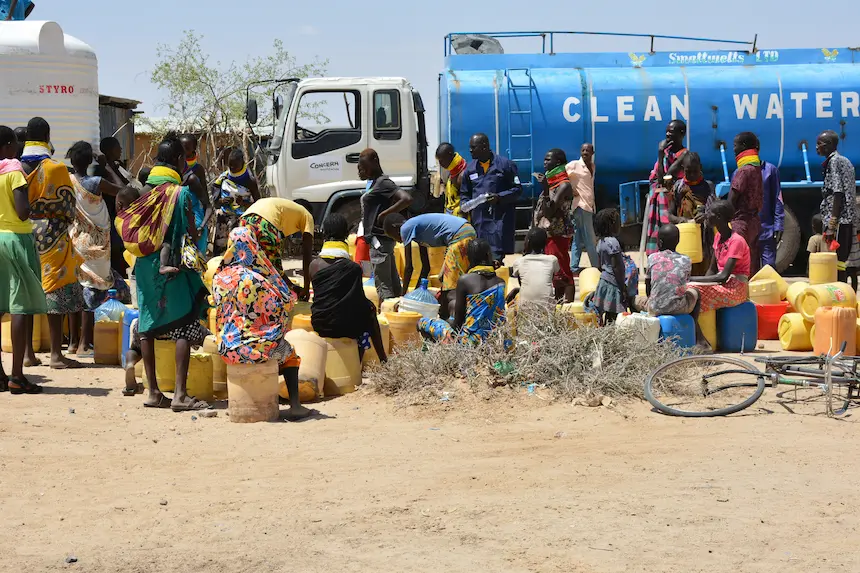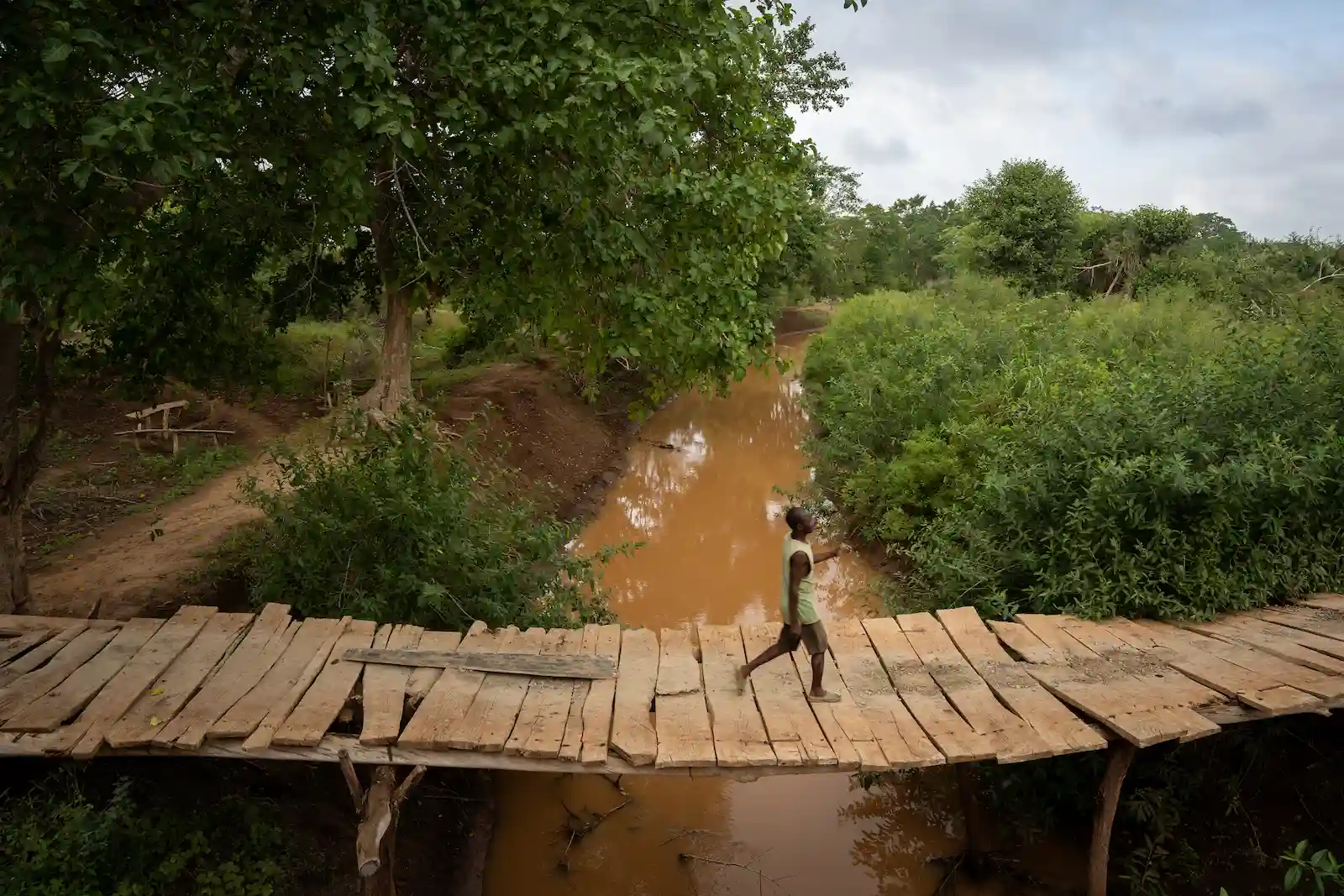The Horn of Africa is at the epicenter of one of the world’s worst climate emergencies, having recently experienced one of the longest and most severe droughts on record. Yet, while rains have finally arrived, the humanitarian crisis is far from over.
A generation-defining crisis
Five consecutive failed rainy seasons in East Africa recently resulted in the worst drought in 40 years. The drought, along with unusually high food and commodity prices and ongoing conflicts has driven record levels of humanitarian needs. Most people in the region are reliant on the land and their animals to survive. The drought destroyed their livelihoods, causing millions of people to leave their homes and villages to find food, water and pasture. Moreover, in 2022 alone, a recent UN report suggests that an estimated 43,000 people died because of the drought in Somalia, half of them most likely children under the age of five.
Close to 40 million people were still facing high levels of food insecurity in Kenya, Somalia, Ethiopia and South Sudan at the end of May 2023, with the number of internally-displaced people (IDPs) continuing to grow as the search for sources of food and water continued.
While famine has been prevented so far, it remains a likely scenario.
Rain does not mean relief
Although the much-anticipated rains have finally arrived, the humanitarian crisis is far from over. They have come in excess in some parts of the region — creating a new kind of disaster. Heavy rains have led to dangerous flash floods in some parts of Ethiopia and Somalia, as the parched ground cannot absorb water. Flash flooding also caused the banks of the Shabelle River in Somalia to break, leading to a quarter of a million people fleeing their homes.
These floods have already caused widespread damage and affected at least 900,000 people. Flooding has also caused extensive damage to homes and land in the Somali region of Ethiopia, which has been particularly badly affected by the ongoing drought.
More flooding is expected later this year, partly due to the forecasted El Niño phenomenon.

Funding shortfall
A pledging event was recently held in New York, co-hosted by the United Nations, to seek funding for humanitarian response and protection in the region in 2023. There, $2.4 billion was announced to provide life-saving assistance for nearly 32 million people across Ethiopia, Kenya and Somalia. But that is less than half of the estimated $7 billion needed to address the situation this year.
As it stands, emergency food and nutrition conditions will persist until December 2023.
"Over the next six months, it is critical that urgent humanitarian assistance is provided to save lives and support recovery," according to Danny Harvey of Concern Worldwide UK. "The pledged funds need to be released swiftly, and through channels that reach affected communities, in order to save lives and prevent this tragedy from worsening."
Long-term recovery
Despite the relief brought by the rains in some areas where temperatures have dropped and grazing land is regenerating, it will take years to recover from this historic drought. Most people do not have the resources to rebuild their lives and are stuck indefinitely in camps, having left their homes in search of food and water. It takes a very long time for people to build back their resilience, livelihoods, and assets.
According to Amina Abdulla, Concern’s Regional Director for the area, it is expected that:
- It will take five years of normalcy (no major shocks between now and then) for the sheep and goats herd size to return to at least 50% of their 2020 size (pre-drought).
- It will take ten years of normalcy for the cattle and camel herd size to return to at least 50% of their 2020 size.
Much of the work in the recovery phase will focus on rebuilding lost livelihoods and supporting diversification of income for pastoralists whose livestock holding has significantly reduced over the last two and a half years. Scaling up adaptive infrastructure such as water harvesting dams will play a key role in coping with future climate shocks.

The role of climate change
Climate change is fueling this erratic weather. Rainfall in the region is normally concentrated around two seasons: the long rains, which take place between March and May, and where most of the yearly rainfall occurs, and the short rains, from October to December, which are usually shorter and more variable. Climate change is affecting the rainfall periods in opposite ways. The long rains are becoming drier, with low rainfall now about twice as likely, while the short rains are becoming wetter due to climate change.
Additionally, rising temperatures, driven by climate change, have also been a major factor behind the agricultural drought, as they have significantly increased evapotranspiration, a measure of how much water can evaporate from soil and plants.
The combined carbon emissions of Somalia, Ethiopia and Kenya reach a mere 0.1% of the global total, whereas carbon emissions from the G20 group of countries account for 76%. In other words, people in East Africa are suffering the consequences of a climate emergency they did not create.
People will continue to face recurrent hunger crises if the countries in the region are not supported with coordinated, long-term, and augmented investments that can address immediate needs while contributing to resilience and climate adaptation.


